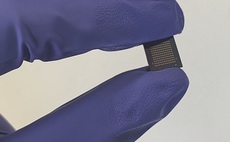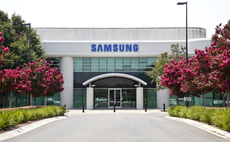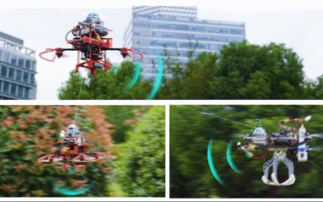In the past year, the price of solid-state discs has halved, and more and more laptops are emerging with SSDs instead of hard disk drives. But at £600 is it finally time to throw away the clunky old Toshiba and replace it with something new? Graeme Burton examines the new Samsung ATIV Book 9 Lite
Just last month, we looked at the Gigabyte U2442F, a £1,000 "ultrabook" with a stonking Intel Core i7 microprocessor, an excellent, dedicated 2GB NVIDIA graphics card - and a truly terrible screen....
To continue reading this article...
Join Computing
- Unlimited access to real-time news, analysis and opinion from the technology industry
- Receive important and breaking news in our daily newsletter
- Be the first to hear about our events and awards programmes
- Join live member only interviews with IT leaders at the ‘IT Lounge’; your chance to ask your burning tech questions and have them answered
- Access to the Computing Delta hub providing market intelligence and research
- Receive our members-only newsletter with exclusive opinion pieces from senior IT Leaders




















